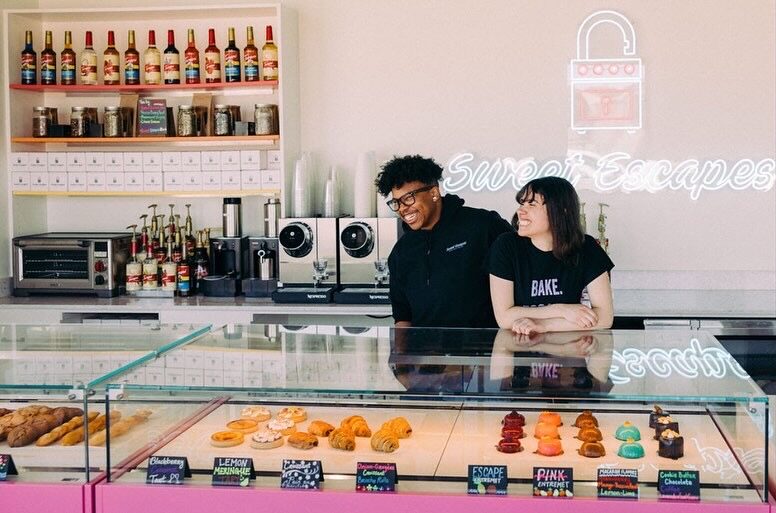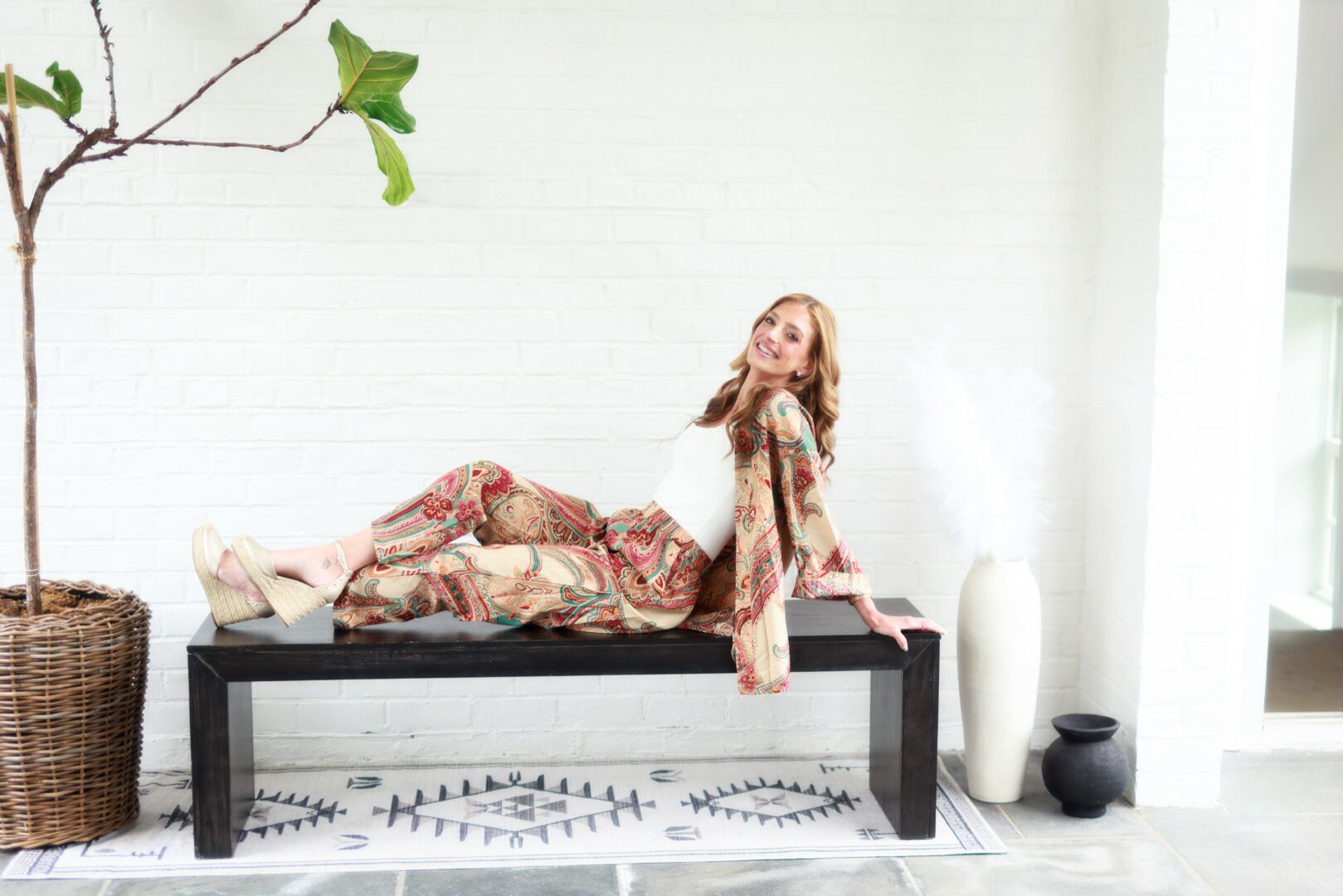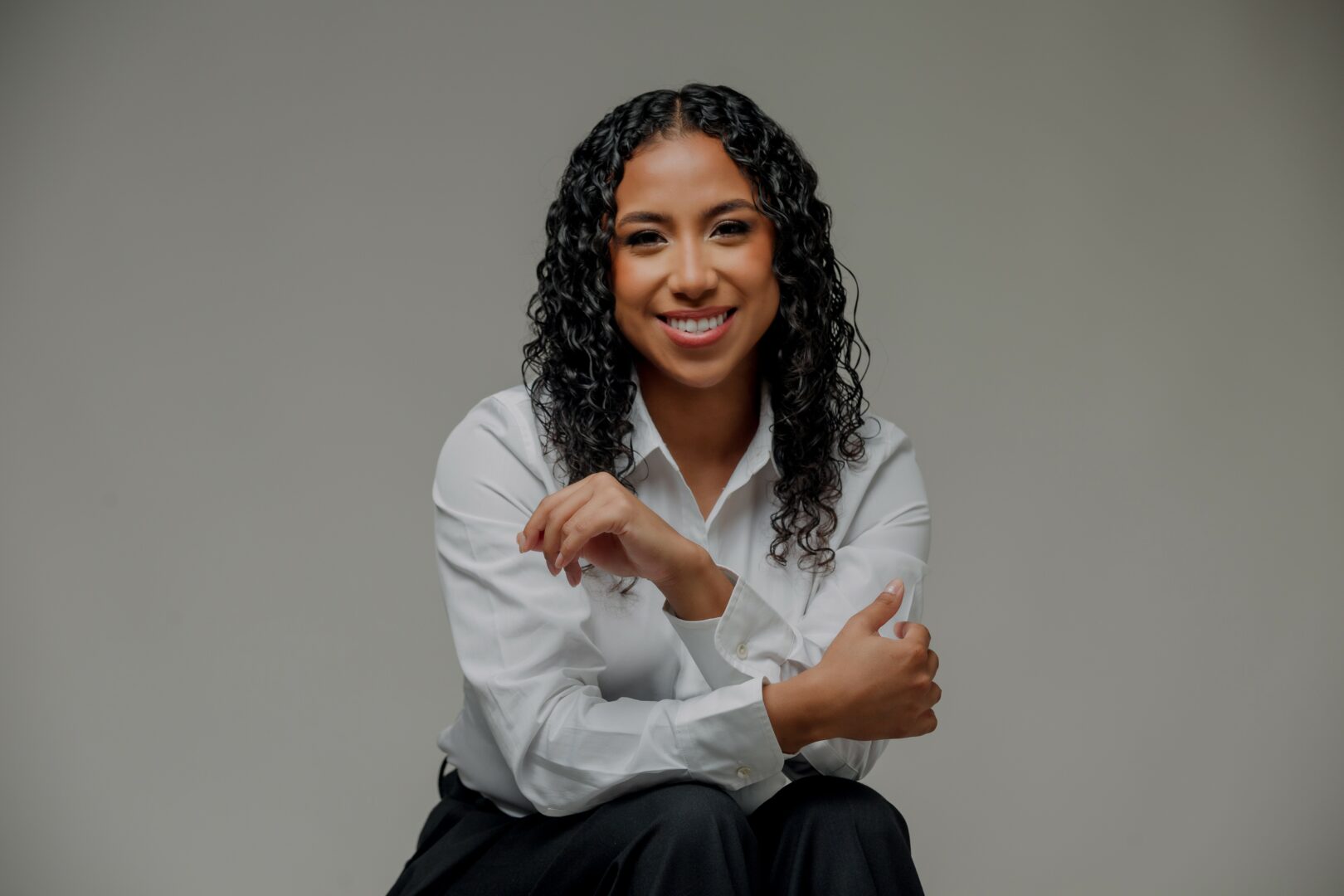We recently connected with William Okaily and have shared our conversation below.
William, so many exciting things to discuss, we can’t wait. Thanks for joining us and we appreciate you sharing your wisdom with our readers. So, maybe we can start by discussing optimism and where your optimism comes from?
For me, optimism is not passive hope—it is an active practice, one that I cultivate daily through my work as an artist and educator. It comes from a belief that even within fragmentation, uncertainty, or loss, there are still textures worth exploring, nuances worth honoring, and spaces worth building.
Part of this stems from my engagement with East Asian philosophies of Nothingness and the spiritual teachings of Druze mysticism, where emptiness is not a void but a fertile ground for new perception. I have always been drawn to the idea that stripping away excess—whether visually, emotionally, or intellectually—heightens our sensitivity to what remains. It invites us to find grandeur in the granular, to recognize the profound in small, often overlooked moments.
Optimism also runs deep in how I teach. In the classroom, I treat play, risk-taking, and even failure as necessary and beautiful parts of growth. Watching students shed fear, laugh over messy drawings, and reframe failure as discovery reminds me that optimism is not naïve—it is courageous. It is the decision, made again and again, to believe in transformation.
Finally, my optimism comes from my cultural background. Coming from Lebanon—a place where memory, identity, and politics are deeply intertwined—taught me that to create, to build, and even to imagine alternative futures is an act of defiance and hope. In my installation Why Did You Bring Me Here?, I reframe artifacts laden with Lebanese collective memory through a speculative lens—not to rewrite history, but to question how it is mediated, narrated, and preserved. By doing so, I invite viewers to recognize that memory is not static; it is alive, complex, and capable of opening new ways of seeing ourselves—our past, present, and future—in ways we may not have considered before.
In short, my optimism is woven into how I see, how I make, how I teach, and how I live. It is not about ignoring difficulty—it is about confronting it with curiosity, care, and the belief that something new can still emerge.
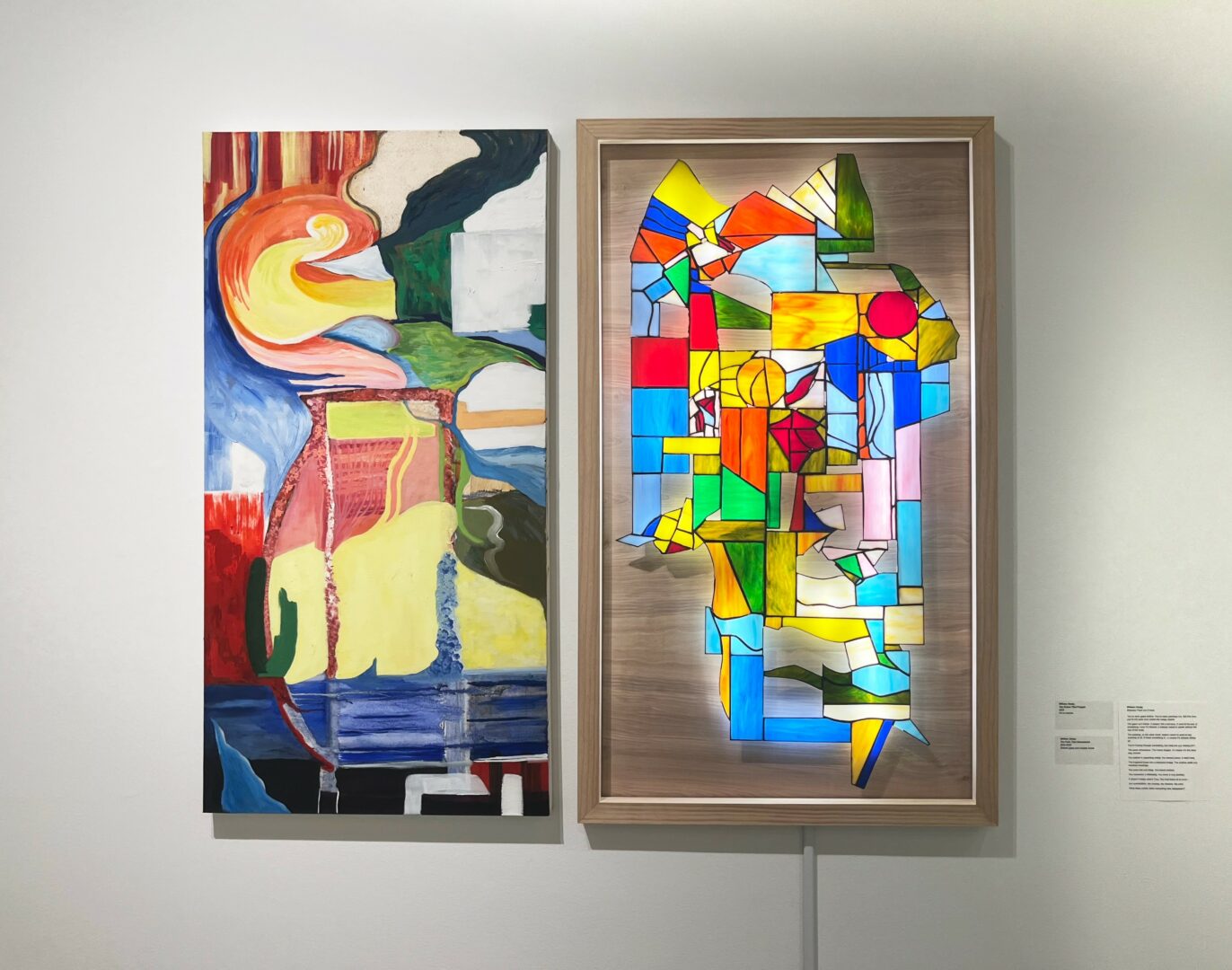
Great, so let’s take a few minutes and cover your story. What should folks know about you and what you do?
My work lives at the intersection of drawing, painting, installation, and cultural research. At the core of my practice is a belief that art can heighten perception, foster critical dialogue, and create spaces for reimagining memory, identity, and belonging.
I often follow an “in-disciplinary” approach, a concept articulated by artist and thinker Jessika Khazrik, where I immerse deeply within a discipline—such as painting—only to exit, explore other fields like sculpture, performance, or writing, and then return to painting renewed and expanded. It is a constant cycle of delving, departing, and reentering, allowing each medium to reshape the others and expand the language of artistic experience.
A central thread across everything I do—whether in the studio, the classroom, writing, or institutional work—is a commitment to care and accessibility. I believe that art, art criticism, historical research, and education should be welcoming rather than exclusionary. Through my contributions to RVA Magazine, I work to make contemporary art discourse accessible to broader audiences, translating complex ideas without diluting their depth. In my teaching practice, I create environments where students from diverse backgrounds and experiences feel supported in taking intellectual and creative risks, and where art history becomes a living, evolving dialogue rather than a static archive.
Much of my work also focuses on oral histories—the stories, testimonies, and memories that do not always find formal recognition in dominant historical narratives. I am particularly interested in how art can serve as a vessel for preserving, reimagining, and amplifying these personal and communal memories.
Beyond my practice, I serve as Chair of the Board of Trustees of the Cyclamen Institution, a nonprofit organization dedicated to fostering cultural exchange, linguistic research, and artistic innovation. Cyclamen’s mission—to bridge heritage and contemporary thought through accessible platforms—mirrors my own belief that cultural work must engage broad, diverse publics with both intellectual rigor and human care.
Recently, I completed a Studio Access Residency at VisArts Richmond, where I deepened my material investigations and collaborated with fellow artists. I am currently developing new bodies of work that explore speculative narratives, collective memory, and oral histories, while expanding my teaching, writing, and curatorial practices—all with the goal of making art a more accessible, transformative, and caring experience.
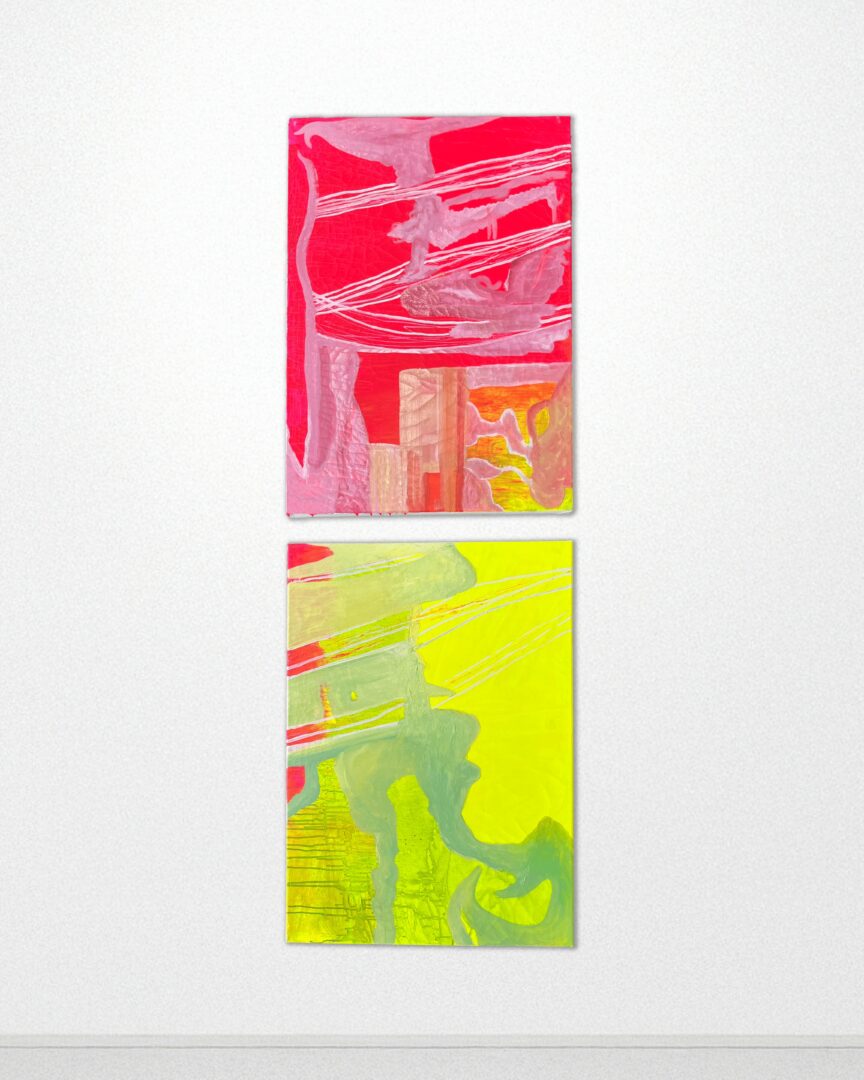
Looking back, what do you think were the three qualities, skills, or areas of knowledge that were most impactful in your journey? What advice do you have for folks who are early in their journey in terms of how they can best develop or improve on these?
Looking back, the three most impactful forces in my journey have been curiosity, care, and rigor.
Curiosity has been the compass guiding my work. A sustained, open curiosity about ideas, materials, histories, and people has kept my path evolving in unexpected ways. Cultivating curiosity is essential. Stay open to unfamiliar subjects, seek out perspectives different from your own, and allow yourself to question assumptions. Curiosity is not just a spark; it is a discipline.
Care is at the heart of everything I do. Care for the process, care for the individuals I engage with, care for the histories and narratives I encounter. In any profession, developing a practice of care strengthens both your work and your relationships. It requires attention, patience, and humility. My advice: treat care not as an occasional gesture, but as a daily habit—one that shapes how you listen, collaborate, build, and lead.
Rigor has shaped the seriousness with which I approach both making and thinking. Rigor is not about perfectionism; it is about respecting the work enough to challenge it, test it, and expand it. I encourage committing to depth over speed. Whatever you are building, take the time to examine it thoroughly, to understand its foundations, and to allow it to evolve thoughtfully.
In short, curiosity opens paths, care sustains them, and rigor strengthens them.
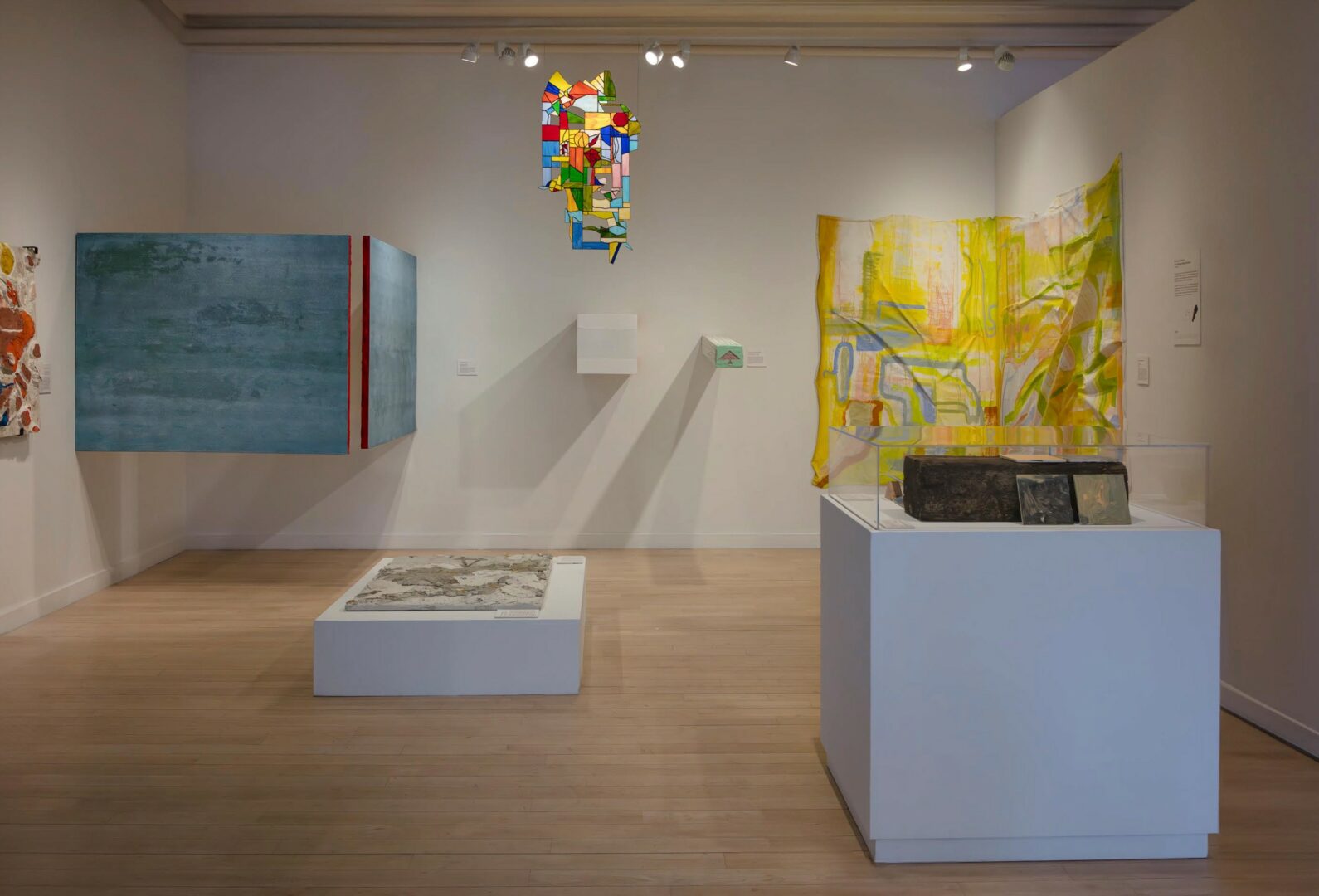
What would you advise – going all in on your strengths or investing on areas where you aren’t as strong to be more well-rounded?
I believe growth requires a rhythm between honoring your natural strengths and remaining open to discovering new ones. In the early stages of any journey, it is important to immerse yourself in your natural strengths—really understanding what compels you, what you gravitate toward, and where your instincts lie. Strengths are not just talents; they are starting points for deeper inquiry.
But over time, I have learned that strengths are not static. Staying only within them can create limitations. Growth often requires stepping deliberately into unfamiliar areas—especially those where you might not initially feel confident. It’s not about abandoning your strengths, but about allowing them to be challenged, complicated, and ultimately expanded.
In my own path, I began with writing and performance, then moved into scenography, installation, and eventually painting—an area I had not initially considered central to my practice. Now, I find myself returning to writing, alongside teaching, leadership, and organizational work. Many of the fields I once thought were peripheral to my identity have become essential parts of it.
Sometimes, the areas you underestimate at first hold the greatest potential for transformation. The key is to stay curious, allow yourself to be a beginner again, and trust that strength is not something fixed—it is something you build over time.
In short: begin by honoring your strengths, but don’t cling to them too tightly. Leave room for new strengths to surprise you, and let the discomfort of growth become part of your rhythm. It’s a push and pull, like the ebb and flow of the tide.
Contact Info:
- Website: https://williamokaily.art/
- Instagram: @williamokaily
- Linkedin: https://www.linkedin.com/in/williamokaily/
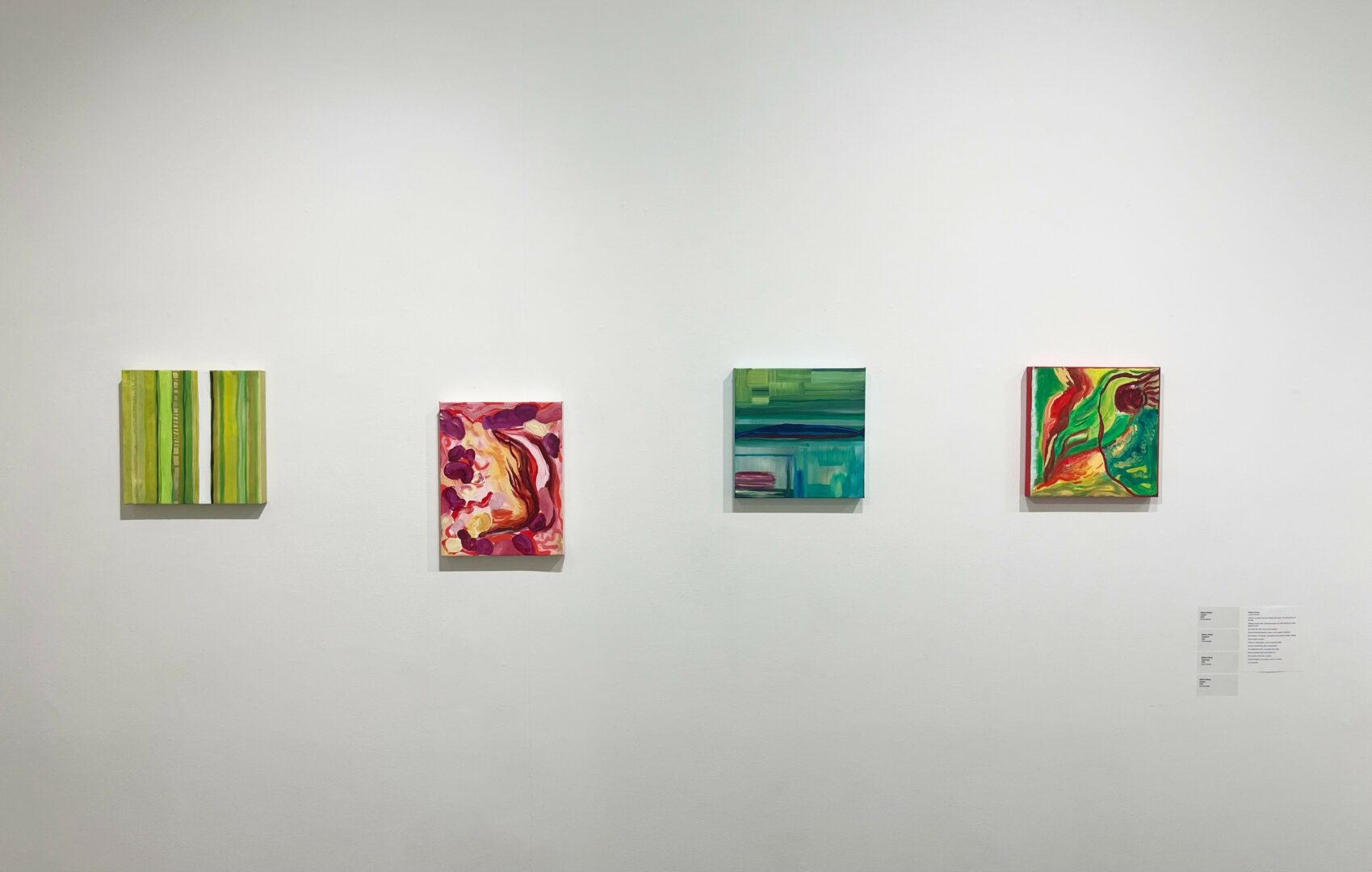

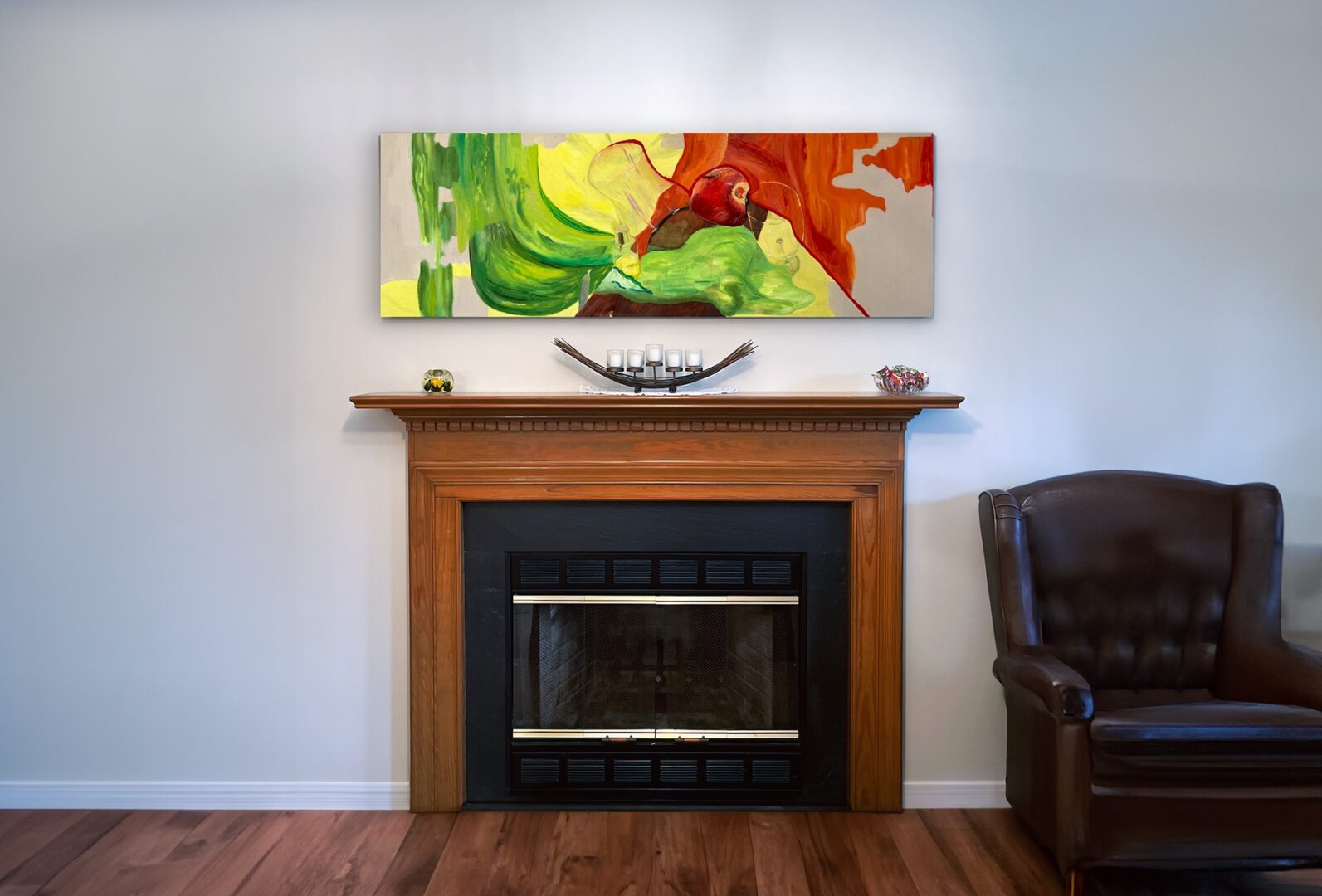

so if you or someone you know deserves recognition please let us know here.


